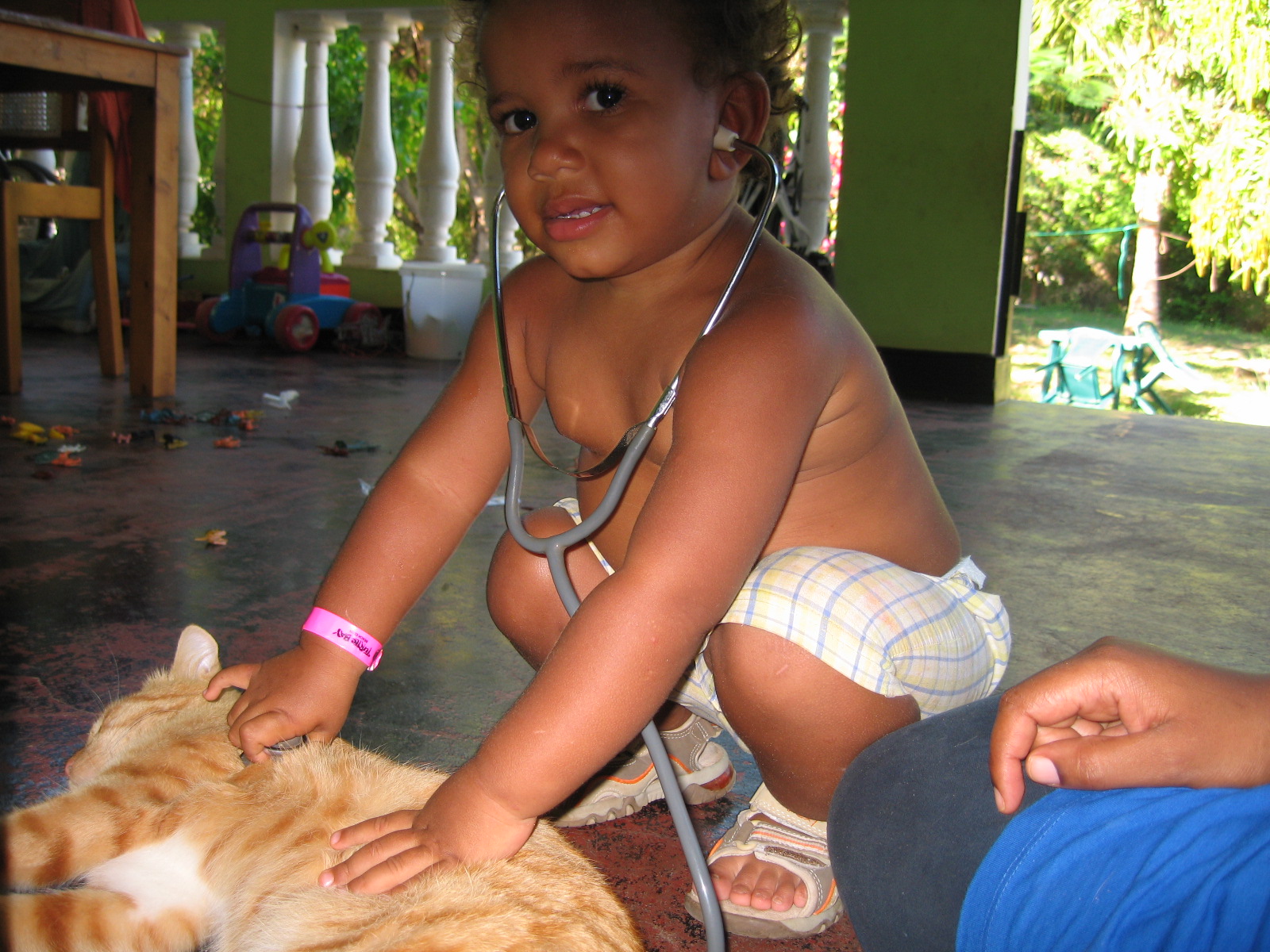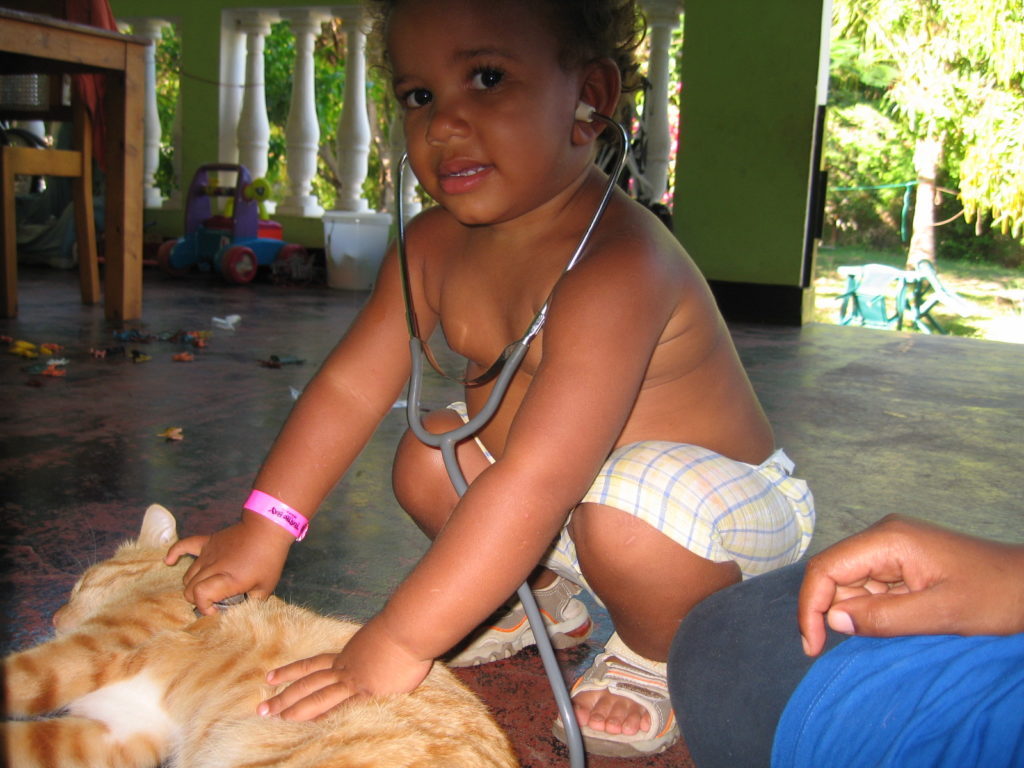
Antibiotic resistance and animals
The misuse of drugs in animals and the development of resistance to these drugs in both humans and animals is one that is not given a lot of thought. Especially because treating animals is considered something that anyone can do. Child’s play.
There is plenty of misuse of antibiotics in the treatment of animals and it’s not got everything to do with the Vet and I am not just defending my old profession. Let me explain….
Unless you are visiting a bogus pharmacist, you need a prescription to get antibiotic tablets or syrup over the counter in Kenya. Even among the most dubious pharmacists, you cannot ever get injectable human antibiotics over the counter.
On the other hand, Agrovets in Kenya are managed by all manner of people, all over the place and anyone can walk in and buy a bottle of veterinary antibiotics to go and inject their animals. No questions asked. In my time, the most misused drugs were injectable oxytetracyclines, the common one those days was Alamycin and Adamycin.
The veterinary profession in Kenya has never been taken seriously. Many are the Non-governmental Organisations (NGO’s) or charities that give people off the street a 2 week training in animal health and a certificate that allows them to treat animals. After that training, they dispense of injectable drugs as they see fit. You would not imagine anyone giving a semi-literate person a 2 week course and allowing them to treat people for anything. Community health workers are always specifically trained to provide small directed help, in one area. Yet this is not the case for animals, there is a general feeling that people can get away with anything.
Yet the availability of veterinary antibiotics over the counter and their insane misuse in animals is contributing hugely to antibiotic resistance in Kenya and I can imagine, most of Africa.
Animals ought not to be slaughtered for at least a month from the use of injectable antibiotics – this advice is almost always ignored and some of the meat we consume, has antibiotics.
I believe that if governments are to implement the UN assembly’s call on antibiotic resistance, then injectable antibiotics for animals should not be available over the counter for anyone to use. Just like humans should only be treated after examination by a person who has an idea what they are doing, animals have the same right.
However, even highly trained Vets contribute to antibiotic resistance as a result of the way in which drugs are administered to animals. Vets are epidemiologists by training and think mainly about the herd when it comes to farm animals. Antibiotics are often placed in drink so that all the animals are covered. Use of antibiotics to prevent infection in animals that may be at risk of exposure within a herd, carries the risk of increasing antimicrobial resistance. Mass use of antibiotics is especially common in poultry where it’s extremely rare to treat a single chicken in a flock of birds. Often the obviously sick chicken is sacrificed, a diagnosis made and the whole flock treated.
If animals are undergoing a stressful situation, perhaps moving farms or when among piglets, the sharp canine teeth need trimming – mass antibiotics use is common.
All these create a situation where large amounts of antibiotics are administered and like in humans, the more antibiotics are used, even correctly, the faster the development of antibiotic resistance.
This issue is well reviewed in a paper published by in the Journal Infection and Drug Resistance by Vangelis Economou and Panagiota Gousia in 2015. This is an open access journal that can be downloaded free
https://www.ncbi.nlm.nih.gov/pmc/articles/PMC4388096/
The authors discuss the various bacteria that have developed resistance to antibiotics as a result of misuse/overuse in animals. The main one being Salmonella, which is the most common pathogen transmitted from animals to humans. Salmonella is often associated with chicken in Kenya resulting in food poisoning, the worst being typhoid, which is no minor illness.
The mass usage of antibiotics especially for preventative rather than therapeutic reasons needs to be thought through in the veterinary profession.
It is however nigh impossible not to treat animals enmasse, if there is a sick bird in the flock, it is unlikely a professional would know which bird has been exposed so mass treatment makes sense. The authors suggest that vets and human doctors should work together and ensure that some antibiotics are reserved for animals and others for humans.
Management of antibiotic resistance must involve both human and veterinary health practitioners. Both should be treated as equal partners in this fight. Both human and veterinary health practitioners ought to fight together to ensure that veterinary antibiotics are not misused. After all, when human antibiotics fail to work because of the abuse of veterinary products, we all suffer.




